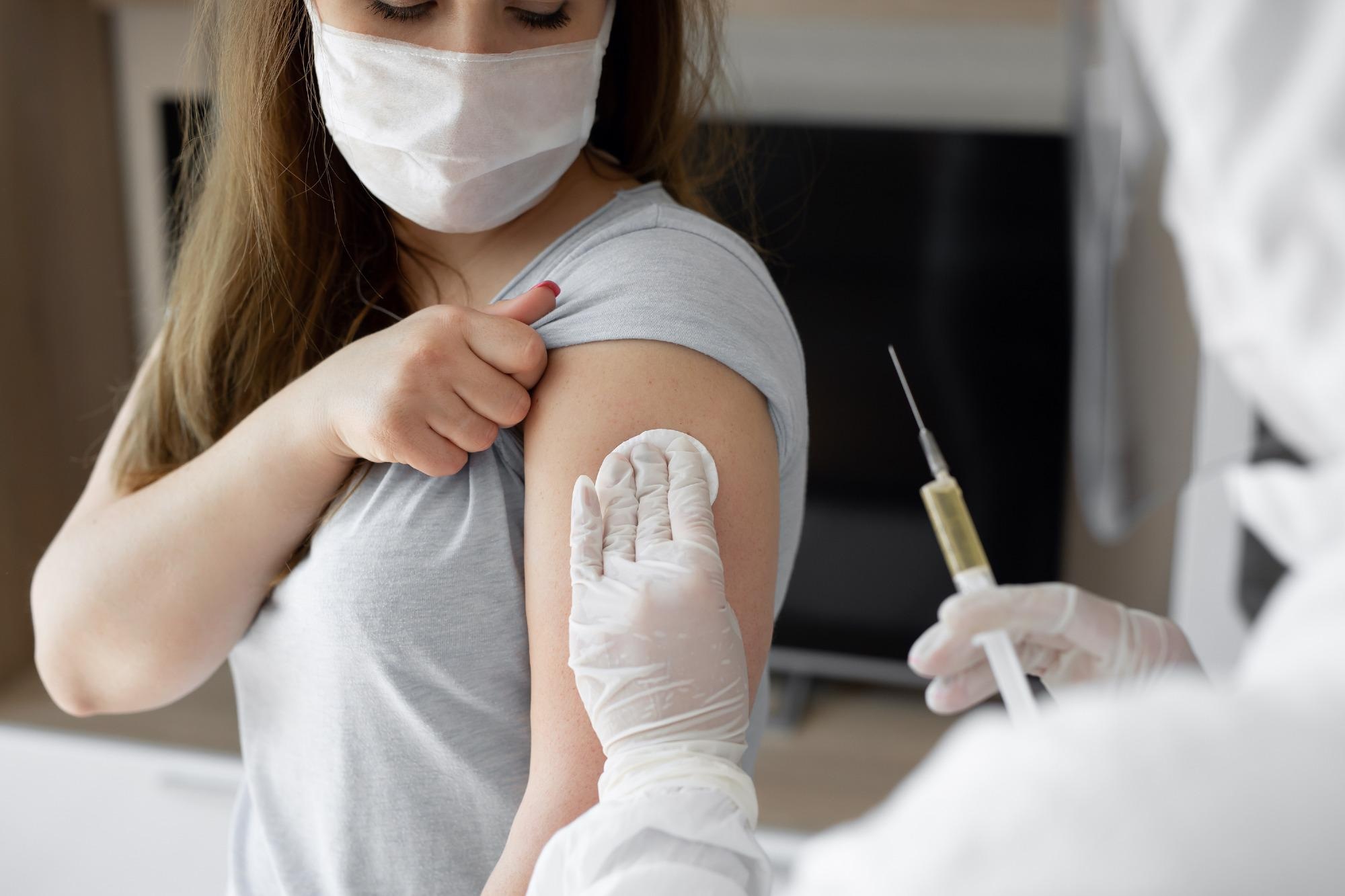Jun 23 2021
Researchers are exploring a new strategy in the protracted fight against the infamous SARS-CoV-2 virus by designing nanobodies. These nanobodies are capable of neutralizing the virus variants in two different ways.
 Though vaccination is enabling the resumption of some pre-pandemic activities in parts of the world, SARS-CoV-2 is rapidly working its way around vaccines by mutating itself. The study findings suggest nanobodies could be promising tools to prevent COVID-19 mortality when vaccines are compromised. Image Credit: Shutterstock.com.
Though vaccination is enabling the resumption of some pre-pandemic activities in parts of the world, SARS-CoV-2 is rapidly working its way around vaccines by mutating itself. The study findings suggest nanobodies could be promising tools to prevent COVID-19 mortality when vaccines are compromised. Image Credit: Shutterstock.com.
During laboratory studies, the team identified two groups of molecules that were found to be effective against virus variants. By using different mechanisms, the nanobodies in each group of molecules bypassed mutations and disabled the ability of the virus to attach to the receptor that allows it to enter host cells.
Although vaccination is facilitating the resumption of certain pre-pandemic activities in parts of the globe, the virus is mutating itself by quickly working its way around vaccines. In this analysis, nanobodies were able to neutralize three emerging variants, such as Alpha, Beta and Gamma.
Companies have already started introducing the variants of concern into the construct of booster shots of the existing vaccines. But the virus is constantly mutating, and the speed of mutation may be faster than we can capture. Therefore, we need to utilize multiple mechanisms to control the virus spread.
Kai Xu, Study Co-Lead Author and Assistant Professor, Veterinary Biosciences, The Ohio State University
An accelerated article preview of the new study has been published online in the Nature journal.
Nanobodies are essentially antibodies that are derived by immunizing camelid mammals, like llamas, camels and alpacas, and they can be re-designed into very small molecules that imitate the functions and structures of human antibodies.
In this study, the investigators immunized llamas to generate single-chain antibodies against SARS-CoV-2. They even immunized “nanomice,” or transgenic mice, with a camelid gene designed by research fellow Jianliang Xu in the laboratory of Rafael Casellas to produce nanobodies analogous to those produced by camelids. Jianliang Xu is the senior investigator from the National Institute of Arthritis and Musculoskeletal and Skin Diseases (NIAMS).
The power of the nanobodies was enhanced by first immunizing the animals with the receptor-binding domain (RBD) — a portion of the viral surface spike protein. This was followed by booster shots comprising the entire spike protein.
By using this sequential immunization strategy, we generated nanobodies that can capture the virion by recognizing the receptor binding domain with very high affinity.
Kai Xu, Study Co-Lead Author and Assistant Professor, Veterinary Biosciences, The Ohio State University
The team tested the neutralization capacity of different nanobodies, performing functional and structural analyses, mapping the RBD surface, and quantifying the strength of their affinity to bring down the candidate molecules from a huge library to just six.
The coronavirus is extremely infectious because it binds closely to the ACE2 receptor to penetrate the lung and nasal cavity cells in human beings. The virus in these cells subsequently multiplies, making copies of itself and infecting other cells. The receptor-binding domain found on the spike protein is crucial to allow it to bind effectively to ACE2.
That RBD-ACE2 interface is on the top of the receptor binding domain — that region is the primary target for the protective human antibodies, generated by vaccination or previous infection, to block the viral entry. But it is also a region frequently mutated in the variants.
Kai Xu, Study Co-Lead Author and Assistant Professor, Veterinary Biosciences, The Ohio State University
According to the researchers, the emergence of mutants currently indicates that long-term dependence on present-day vaccines would be ultimately compromised because the effectiveness of antibodies is significantly impacted by those mutants at the interface.
Xu added, “We found that certain nanobodies can recognize a conserved region of the receptor-binding domain, a hidden location that is too narrow for human antibodies to reach.”
Binding to this site, despite being a bit far from where RBD binds to ACE2, the nanobody still achieves what is intended — that is, inhibiting SARS-CoV-2 from penetrating a host cell.
The other set of nanobodies attracted toward the RBD-ACE2 interface could not neutralize certain variants in their original form. However, when the team engineered this particular group to be homotrimers — three copies bound in tandem — the nanobodies were able to achieve potent neutralization of the virus.
The effectiveness of the nanobodies was also enhanced by altering the structure of these nanobodies adhered to the conserved RBD region.
According to Xu, more studies need to be done, but the results indicate that nanobodies could be potential tools to prevent COVID-19 mortality, specifically when vaccines are compromised.
“Our future plan is to further isolate antibodies specifically against emerging variants for therapeutic development, and to find a better solution for vaccines by learning from those antibodies,” added Xu.
Xu was an HIV vaccine researcher at the NIH and later joined The Ohio State University. He collaborated with multiple laboratories for this study. Jianliang Xu and Rafael Casellas from NIAMS, and Peter Kwong from the National Institute of Allergy and Infectious Diseases, also contributed equally to the study.
Apart from various NIH agencies, co-author institutions include Rockefeller University, the Aaron Diamond AIDS Research Center at Columbia University, and the Frederick National Laboratory for Cancer Research.
The study was funded by NIAMS, the National Cancer Institute, NIH Helix Systems, NIAID, and the Frederick National Laboratory for Cancer Research.
Journal Reference:
Xu, J., et al. (2021) Nanobodies from camelid mice and llamas neutralize SARS-CoV-2 variants. Nature. doi.org/10.1038/s41586-021-03676-z.